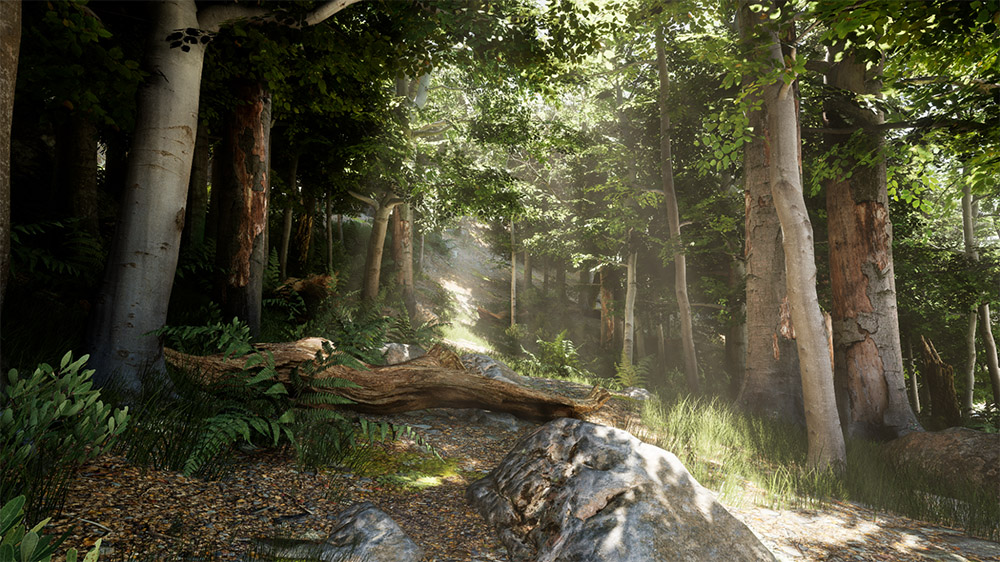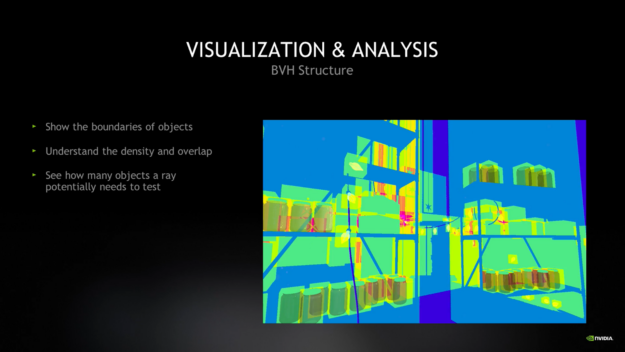Are these improvements exclusive to the RTX branch ? AFAIK you could already "solve" the shadow mismatch issues with Nanite in the main/upstream branch of UE5 by excluding Nanite geometry from ray tracing, toggling the bias factor, making the Nanite fallback mesh as precise as the source asset, or more aptly you can just turn off ray tracing and use virtual shadow mapping as Epic Games recommended ...Curiously, in NvRTX 5.0, there are improvements to solve some ray tracing issues, such as shadow mismatching when using Nanite.

Optimize Your Ray Tracing Graphics with the New NVIDIA RTX Branch of Unreal Engine 5 | NVIDIA Technical Blog
This feature-rich branch is fully compatible with Unreal Engine 5, and contains all of the latest developments from NVIDIA in the world of ray tracing.developer.nvidia.com
The NvRTX branch also has a BVH tool to check for overlapped kitbashed geometry spots and clear it or exclude it entirely from the BVH structure (exclude it from ray tracing).

Some of these cases mentioned above such as excluding geometry from being ray traced or making the fallback mesh equally detailed are non-starters as explained in prior posts. What if the whole scene consists of Nanite meshes ? Excluding the whole scene from being ray traced just means that you're back to having no shadows which is unacceptable to Epic Games. Making fallback meshes as detailed as the source asset is still too slow even on the most powerful hardware available especially in dynamic scenes. Toggling the bias factor introduces a peter panning effect where the shadow caster is disconnected from it's shadow ...
None of these solutions were good enough according to Epic Games and likely nothing Nvidia is cooking up will be elegantly compatible with Nanite short of introducing a new fixed function HW accelerated unit for acceleration structure construction ...


